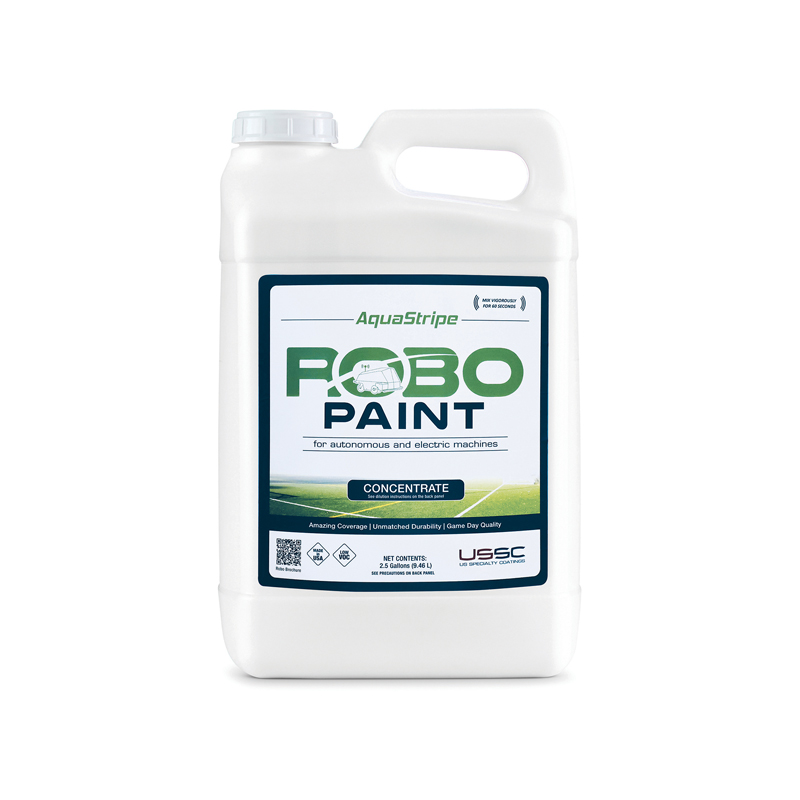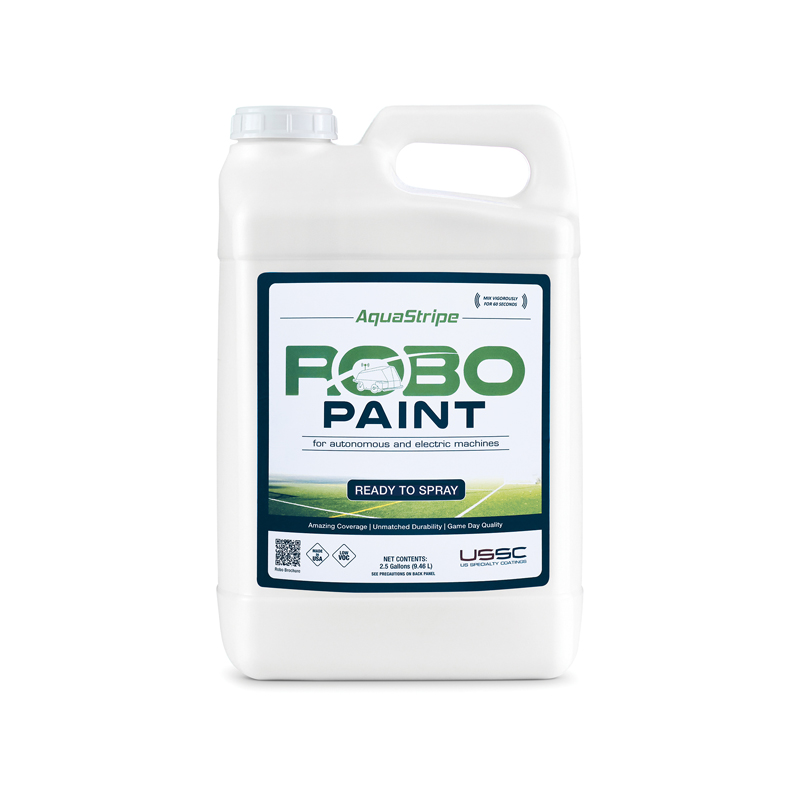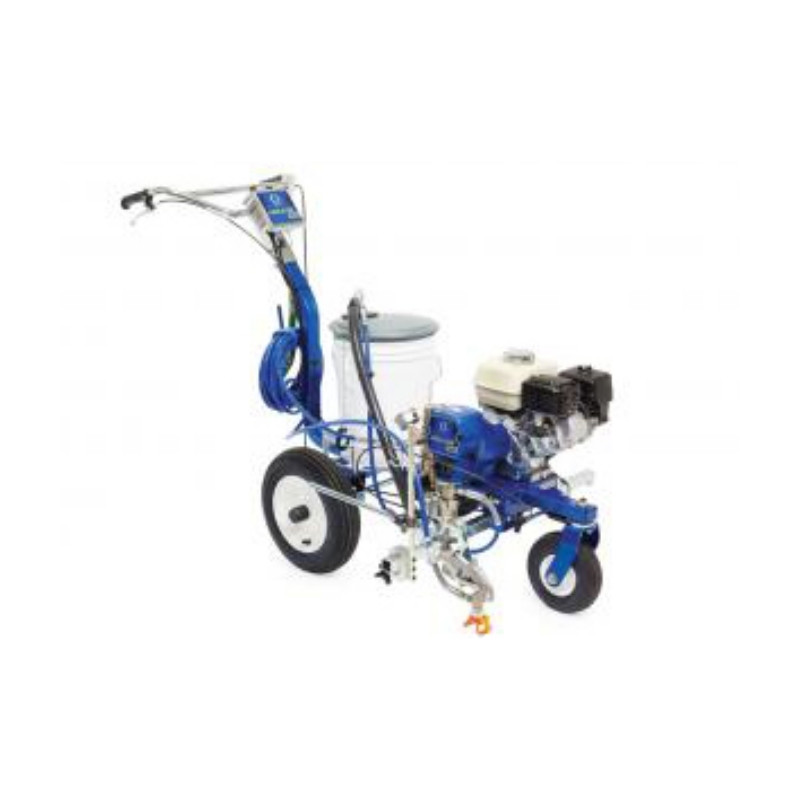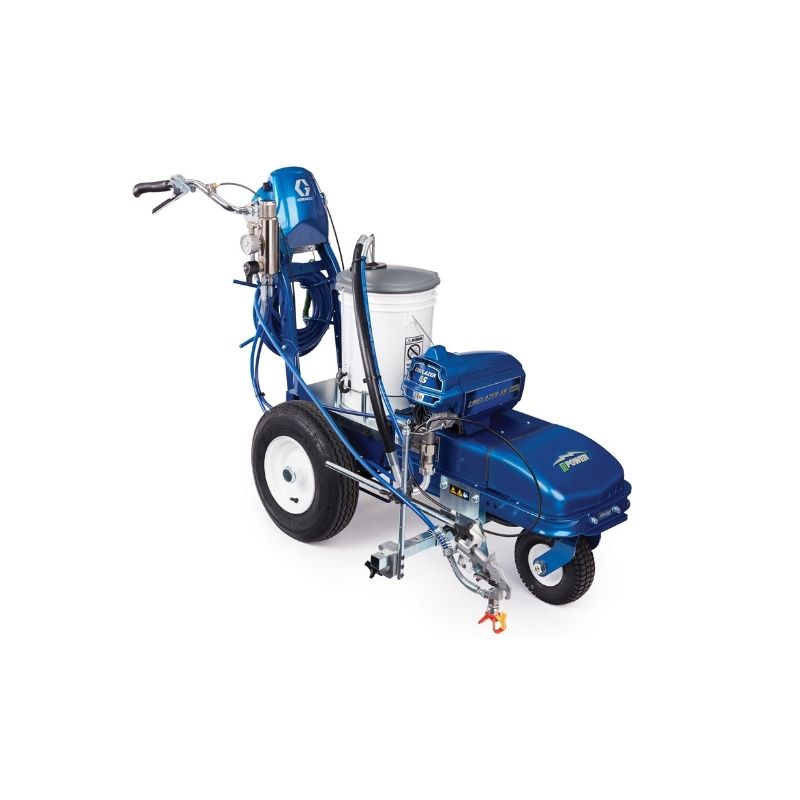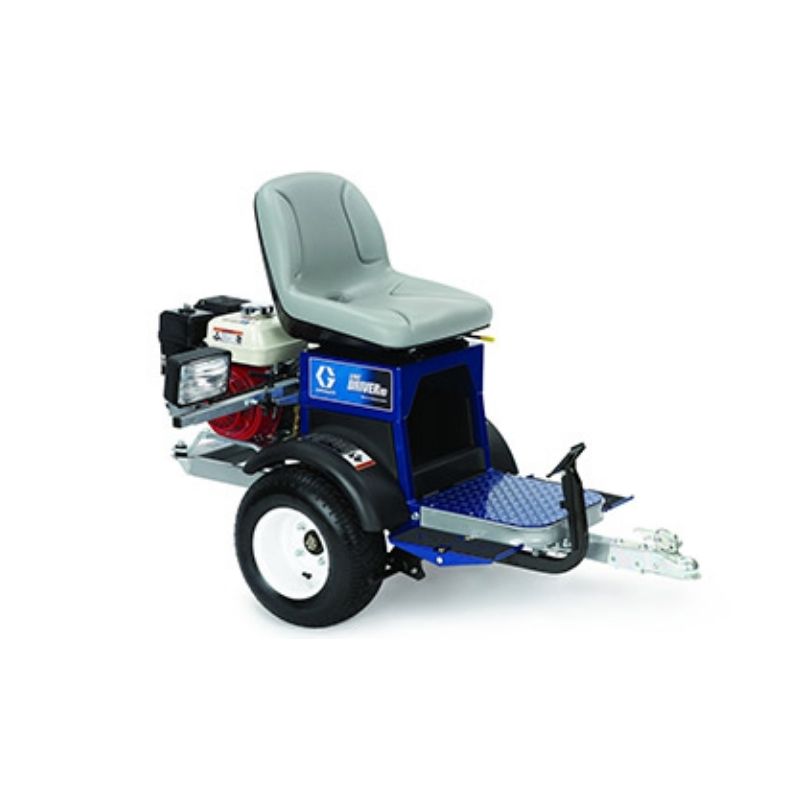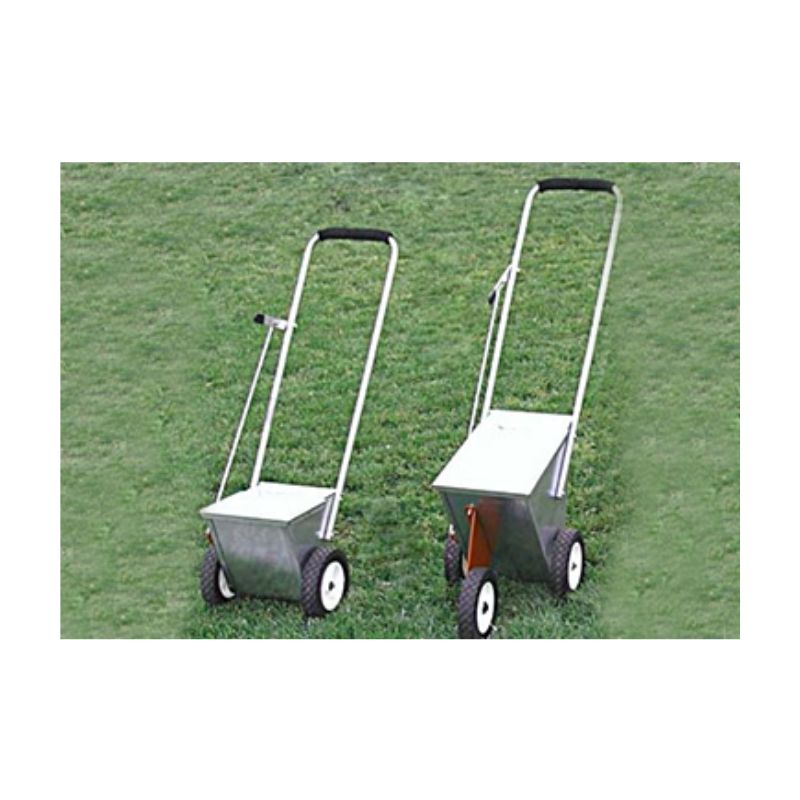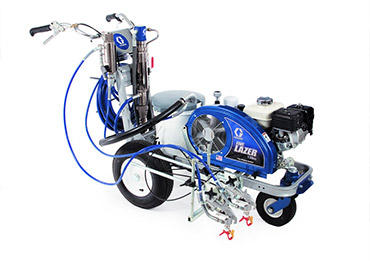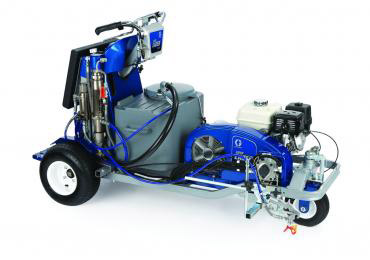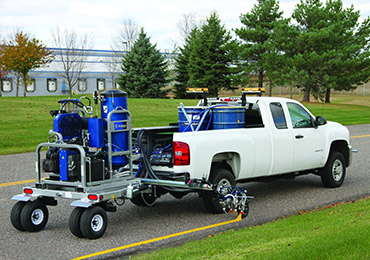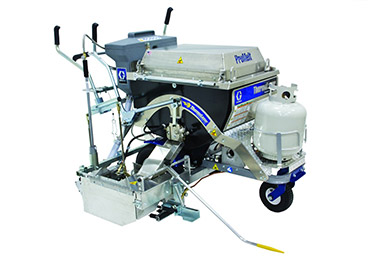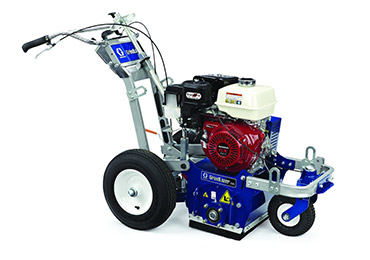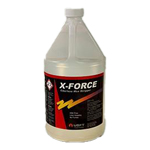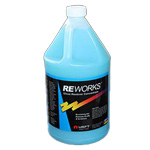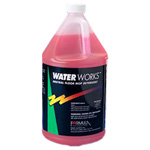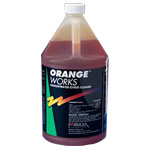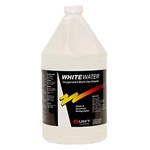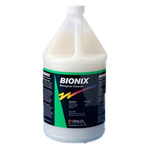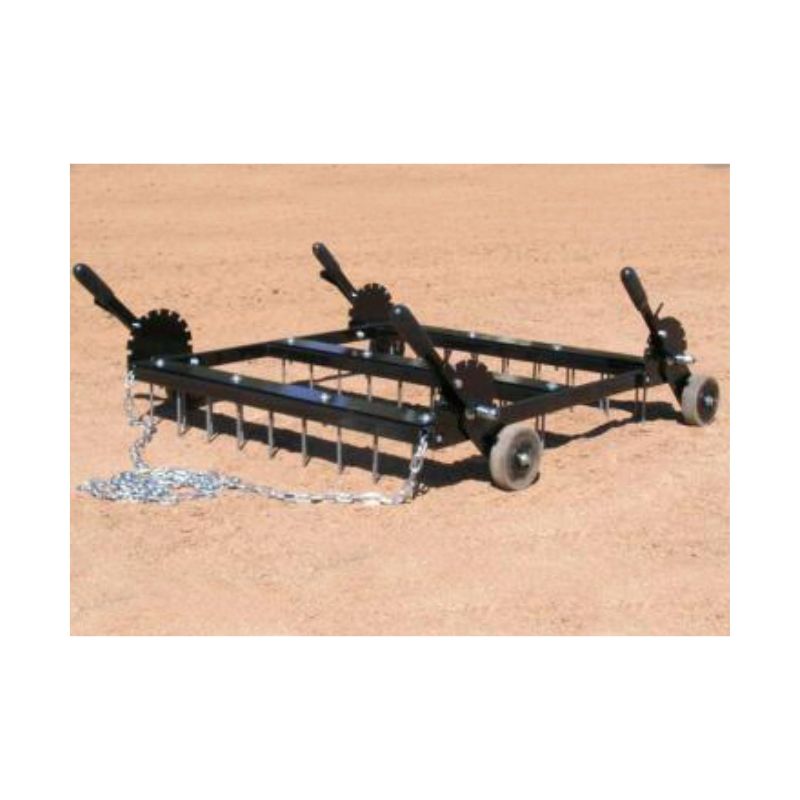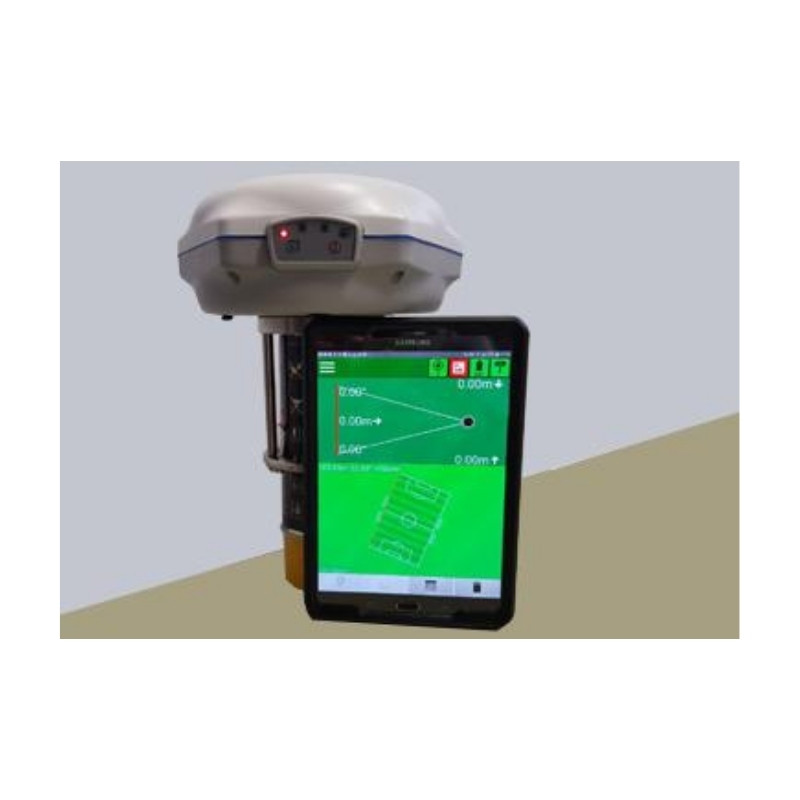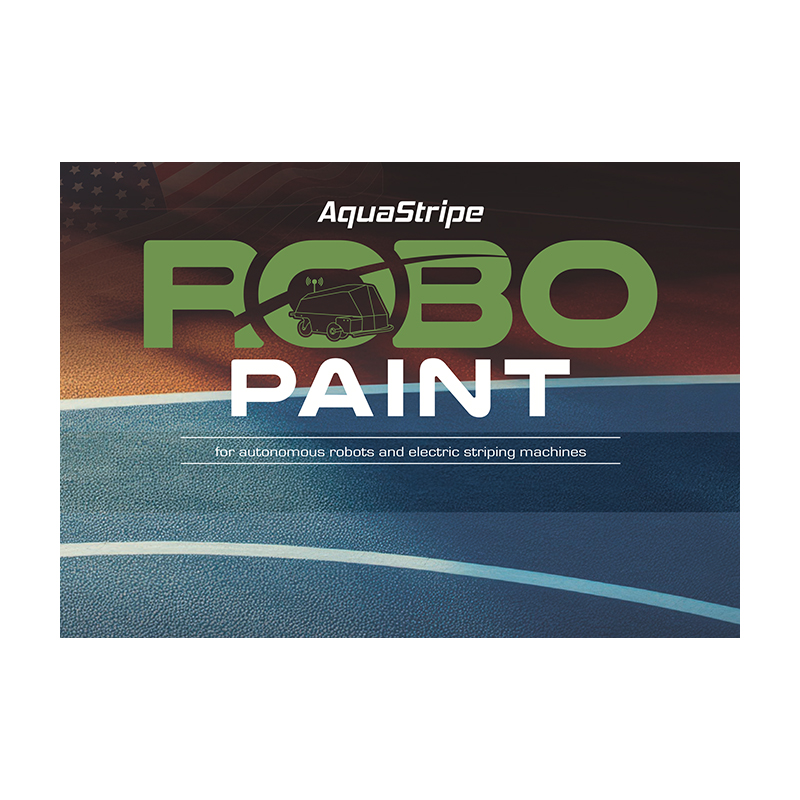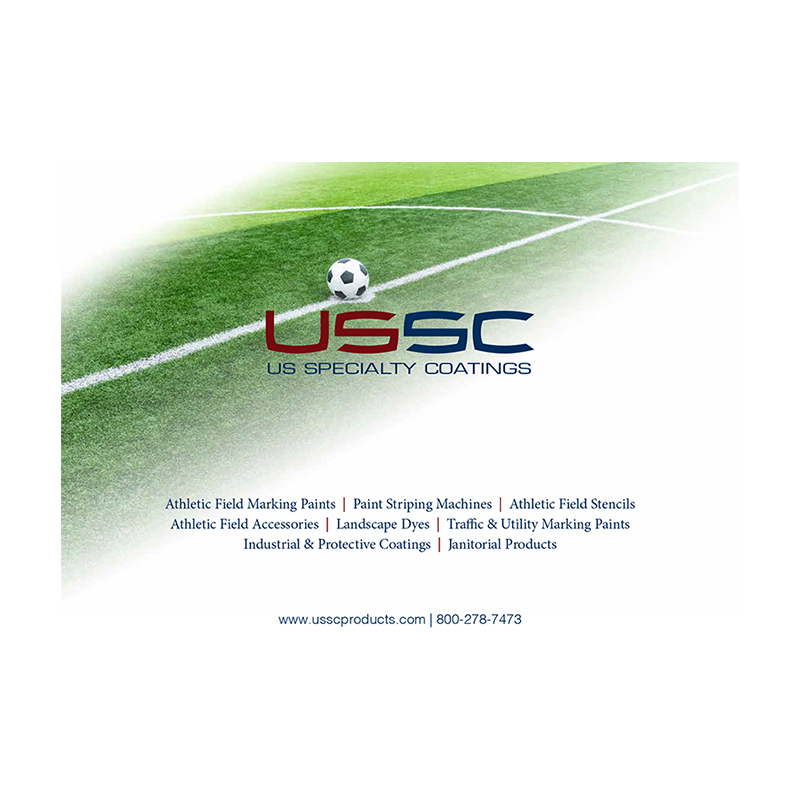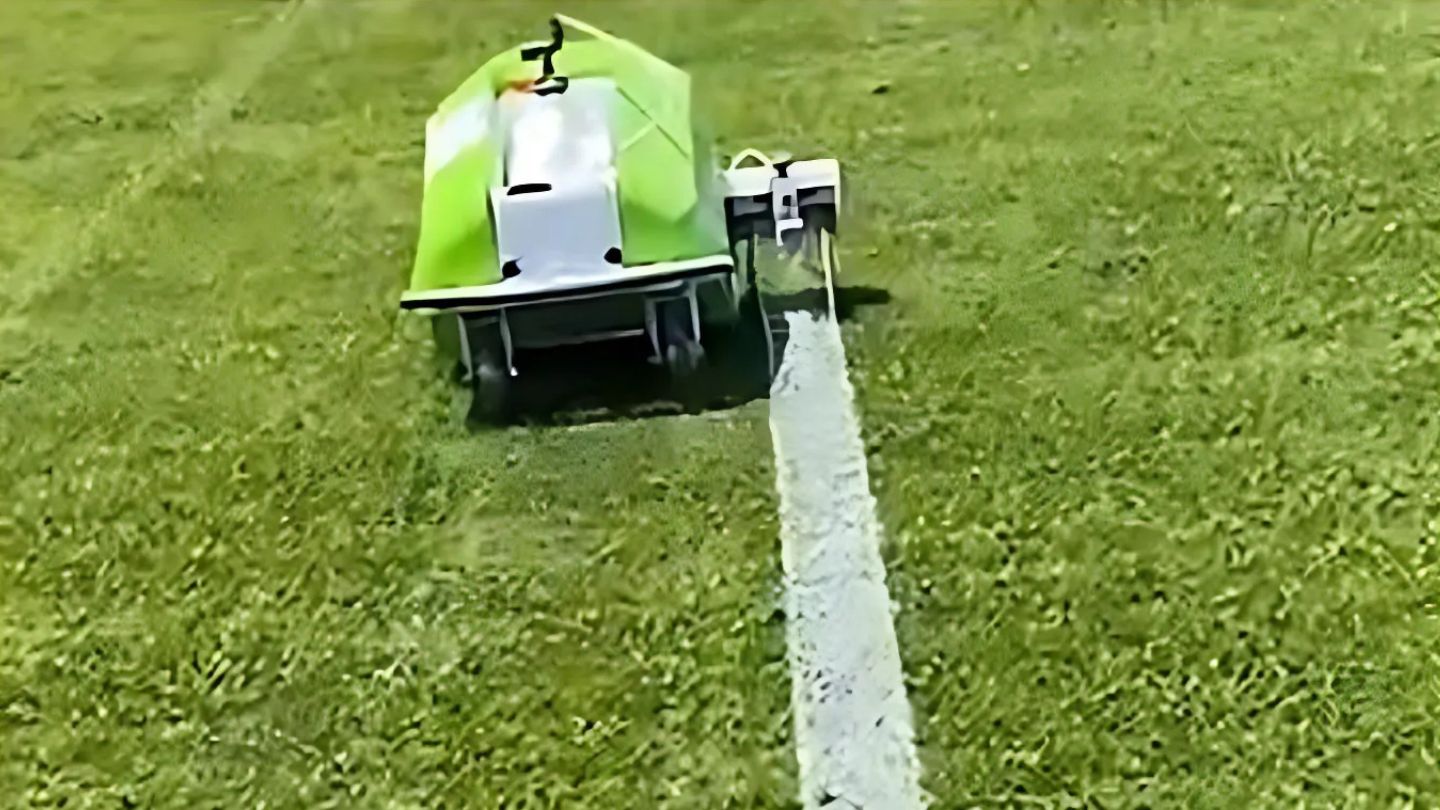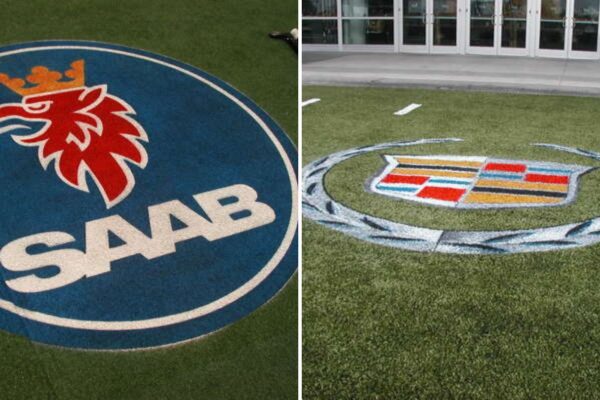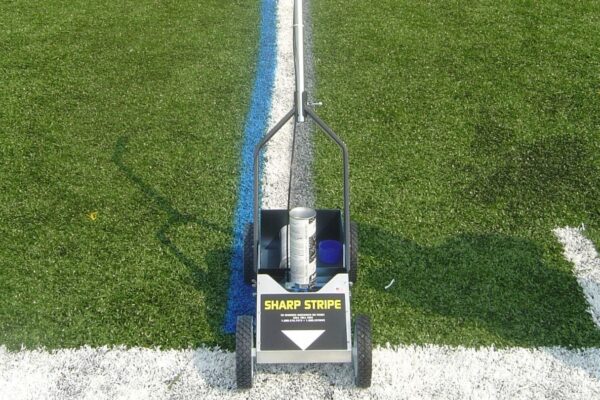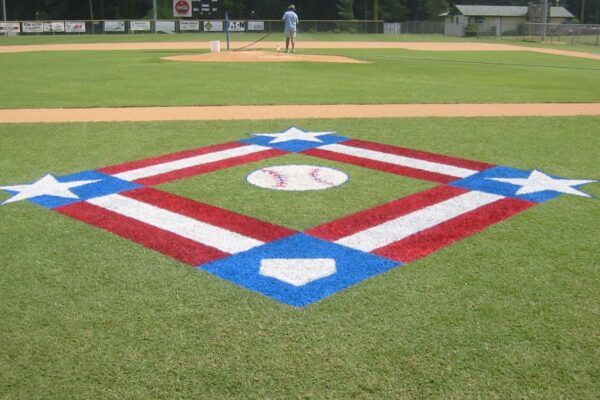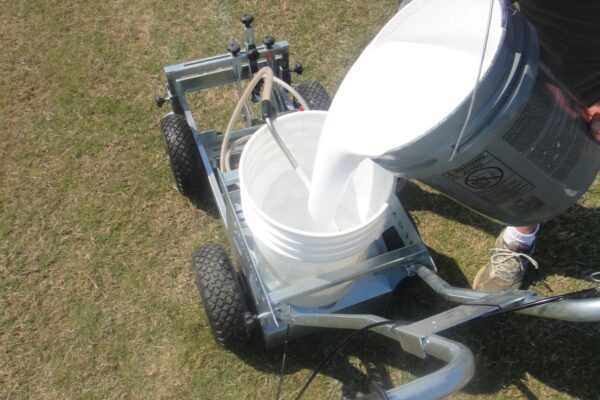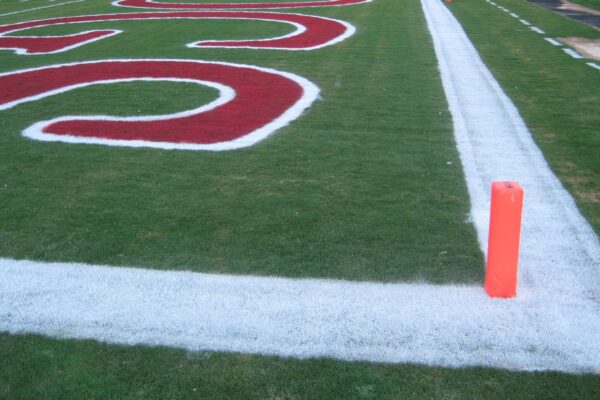The Ultimate Guide to Field Marking Robots: Features, Benefits, and ROI
Sports facilities are under constant pressure to maintain perfectly marked fields while controlling labor and material costs. Field marking robots are transforming this process by automating line marking with unmatched accuracy and efficiency. This blog explores their key features, measurable benefits, and the long-term ROI that makes them a smart investment for schools, communities, and professional sports venues.
Key Takeaways
- Field marking robots utilize advanced GPS technology for precise line marking, significantly improving operational efficiency and reducing labor time.
- These robots are versatile, capable of accommodating various sports field designs and operating on both natural grass and artificial turf, ensuring consistent quality across different sports.
- Investing in field marking robots leads to substantial long-term savings through reduced paint usage and labor costs, making them a financially sound choice for sports facilities.
Understanding Field Marking Robots
Field marking robots are designed to automate the line marking process across various sports fields, utilizing advanced GPS technology to achieve remarkable precision and efficiency. The primary benefit of these robotic line markers is their ability to deliver a level of accuracy that surpasses traditional methods, ensuring that every line is perfectly placed. Modern sports facilities focus on unlocking precision and take advantage of using robots for accurate field line marking, where GPS-guided automation delivers consistent, regulation-ready field layouts with minimal labor.
Additionally, a robotic field painter significantly reduces labor time, allowing maintenance staff to focus on other important tasks and enhancing overall operational efficiency.
Let’s delve deeper into the key technological components and the minimal human intervention that make these robots so effective.
The Role of GPS Technology
Field marking robots leverage advanced GPS technology to:
- Navigate and mark lines with precision within a centimeter, ensuring consistent field dimensions and fair play.
- Eliminate the need for manual measurements, significantly reducing the potential for human error.
- Use RTK GPS technology to achieve pinpoint accuracy, marking every line exactly as required by regulations.
The precision offered by GPS technology not only enhances the appearance of the field but also contributes to the health of the grass by ensuring even paint application. This level of precision is crucial for sports that rely heavily on accurate field markings, such as football and American football, where even minor deviations can impact the game’s outcome, ensuring enhanced accuracy.
The Turf Tank robotic painter, for instance, uses this technology to deliver exceptional results with aerosol paint, making it a preferred choice for sports facilities looking to maintain high standards.
Minimal Human Intervention
One of the standout features of field marking robots is their ability to operate with minimal human intervention. This capability allows facility managers and maintenance teams to allocate their time to other important tasks, such as facility repairs and grass management. While the robot takes care of the line marking, staff members can focus on mowing the grass, dragging baseball fields, or attending to other maintenance activities. This not only enhances overall efficiency but also ensures that other aspects of field maintenance are not neglected.
Moreover, the use of robotic field marking systems reduces the number of people required for the task from multiple individuals to just one, further streamlining operations and reducing labor costs. These robots can work unsupervised, which means that once they are set up, they can complete the job without constant monitoring, freeing up staff to handle other pressing responsibilities.
This shift from manual labor to automated precision is a game-changer in the realm of sports field maintenance, making a big impact.
Key Features of Field Marking Robots
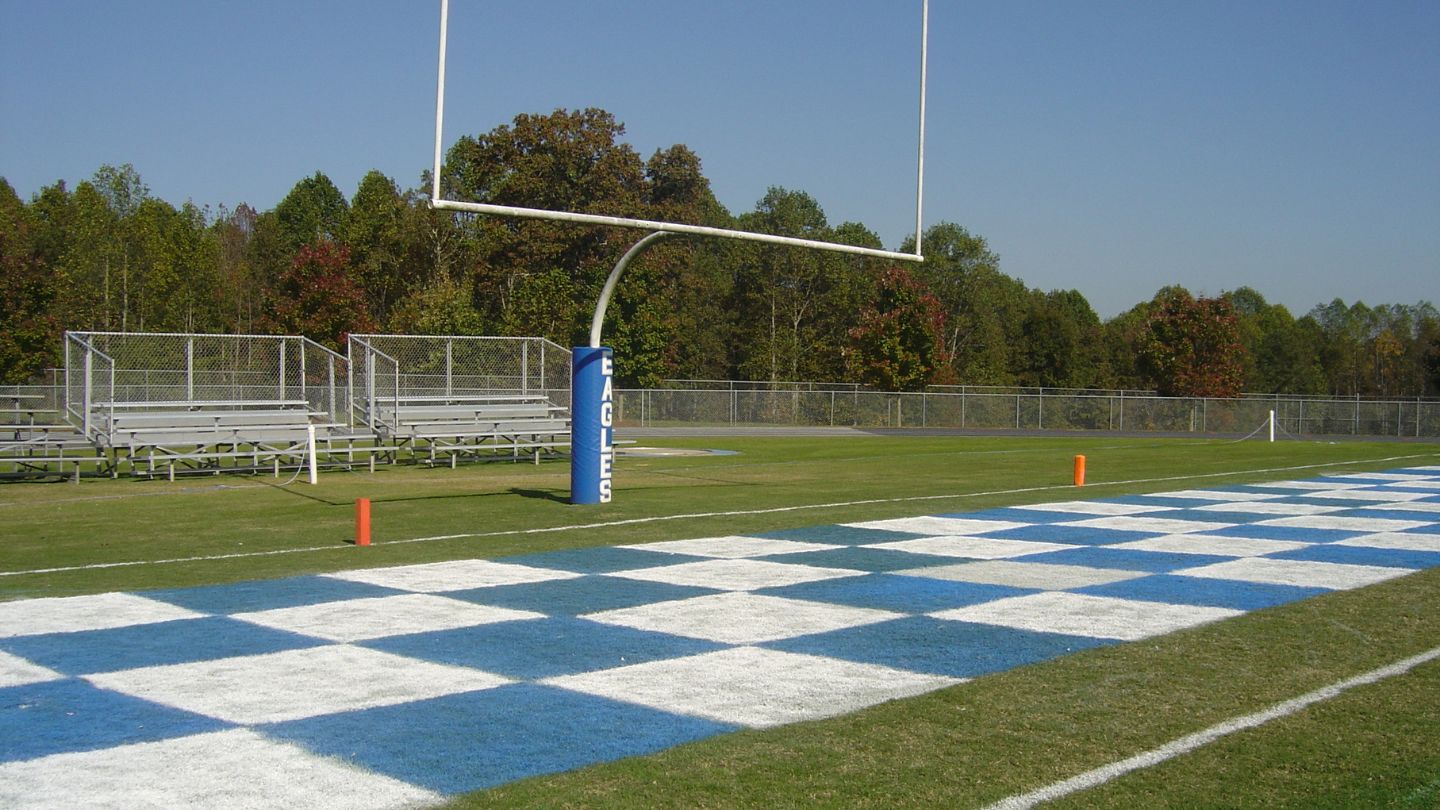
In evaluating robotic vs manual striping machines, which boosts efficiency, the robotic option consistently proves faster, more accurate, and more cost-effective for large multi-sport complexes. Each of these features plays a crucial role in enhancing the efficiency and quality of the line marking process, ensuring that sports fields are always in top condition. Let’s explore these key features in detail.
Versatility Across Different Sports Fields
One of the most impressive aspects of field marking robots is their versatility. These robots are designed to:
- Follow pre-programmed layouts for various sports fields, accommodating over 120 different designs.
- Handle the unique requirements of different sports such as football, baseball, and American football.
- Operate on both artificial turf and natural grass surfaces, making them suitable for a wide range of applications.
The primary advantage of using an autonomous line marking robot is its ability to paint various designs effortlessly. This flexibility is particularly beneficial for facilities that host multiple sports events, as it allows for:
- Quick and easy reconfiguration of the field markings to suit different games
- Accommodation of diverse sports needs
- Ensuring fields are always ready for play
- Enhancing the experience for athletes and spectators
User-Friendly Operation
The user-centered design of robotic field marking systems prioritizes ease of use, making them accessible to a wide range of users. These robots are typically operated via tablets or mobile devices, allowing for intuitive control and customization of markings. This means that facility managers and staff do not require extensive training to operate these machines effectively, which is a significant advantage for busy sports facilities.
Many robotic field marking systems come with user-friendly mobile apps that allow for easy customization of markings, ensuring that the specific needs of each sport are met. This ease of use translates to significant time savings and efficiency, as the robots can be set up and deployed quickly, allowing maintenance staff to focus on other important tasks.
The combination of minimal human intervention and user-friendly operation makes these robots a valuable asset for any sports facility.
Consistent Line Marking
Consistency is key when it comes to field markings, and field marking robots excel in this area. These robots use advanced GPS technology to maintain consistent field dimensions, ensuring regulatory compliance and a uniform playing surface. This level of precision is particularly important for sports like football and American football, where accurate field markings are crucial for fair play.
Advanced line marking systems guarantee consistent, high-quality results for sports fields, replicating initial lines for different sporting events and ensuring uniformity across setups. The ability to use multi-colored line marking technology further enhances the visual clarity of the playing areas, making it easier for players and officials to distinguish between different zones and boundaries, including sports field lines.
This attention to detail and precision in line marking significantly enhances the overall quality and appearance of sports fields.
Benefits of Using Field Marking Robots
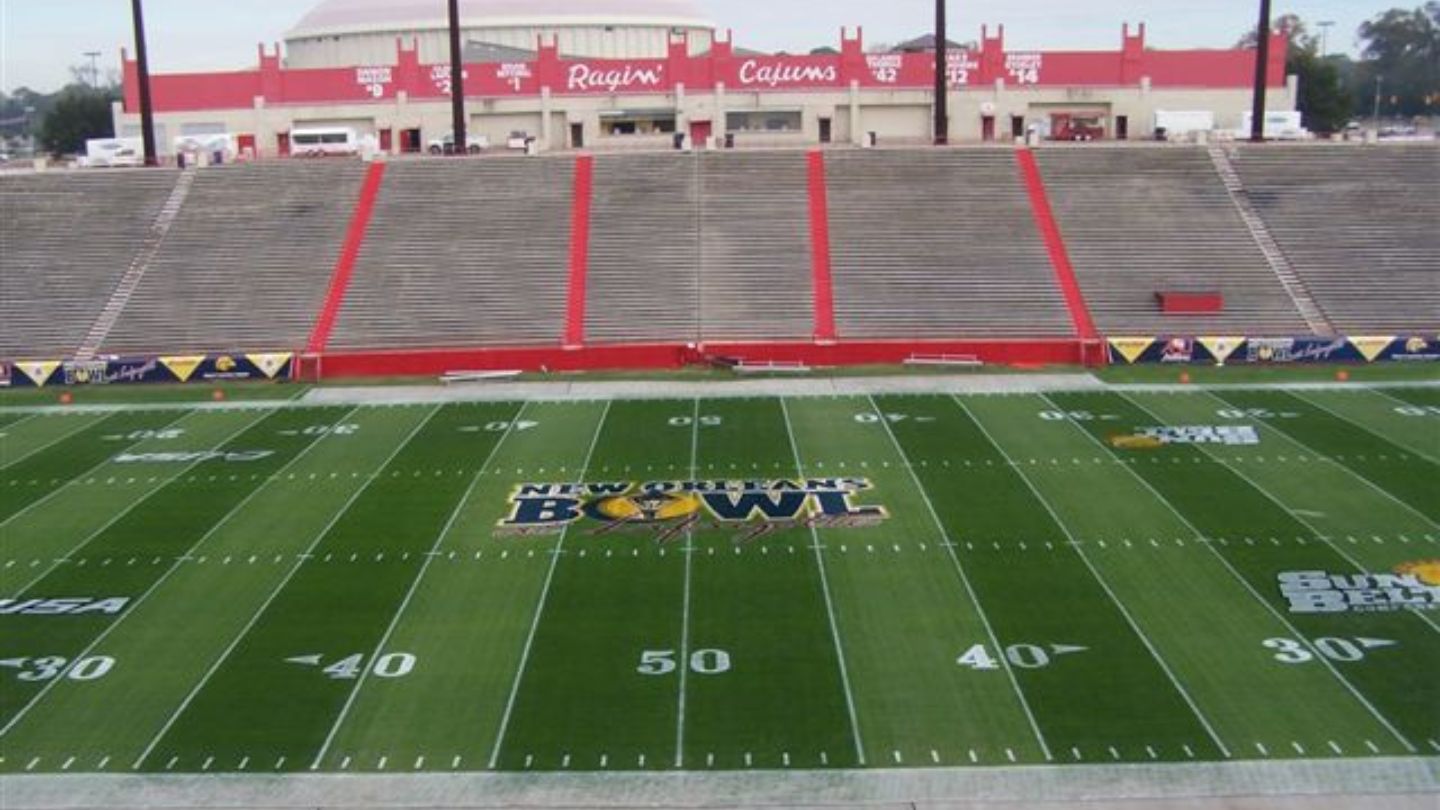
These robots automate line marking, allowing maintenance staff to focus on other tasks, optimize resources, and uphold high field quality standards. Let’s explore these benefits in more detail.
Time Savings
One of the most compelling advantages of using field marking robots is the significant time savings they offer. For example, Community High School District 155 reported that using the Turf Tank robot reduced their football field painting time from 16-20 hours to just over five hours. Similarly, Duke University’s athletics program saw a reduction in field marking time from ten hours to six hours per field after adopting the Turf Tank robot. These time savings allow maintenance staff to focus on other tasks, such as field upkeep and repairs, enhancing overall efficiency.
The quick setup and deployment of robotic field marking systems further contribute to these time savings. Setting up these robots takes just minutes, enabling maintenance teams to manage multiple fields effectively.
A single operator can oversee several robotic markers, maximizing efficiency and ensuring that all fields are marked accurately and promptly. This ability to save time and streamline operations is a major advantage for sports facilities of all sizes.
Cost Efficiency
Field marking robots offer substantial cost savings, making them a cost-effective solution for sports facilities by:
- Utilizing efficient paint application technology that reduces paint consumption by approximately 50-60%.
- For example, marking a rugby pitch with a Turf Tank robot requires only 4 liters of paint compared to 7.5 liters with traditional methods.
- This reduction in paint usage leads to significant financial savings and minimizes material waste.
Additionally, these systems can decrease the labor required for field lining by up to 75%, translating to substantial long-term savings. Reducing labor costs and optimizing resource use enables sports facilities to allocate budgets more effectively, investing in turf enhancement and seating improvements.
The combination of reduced paint usage and lower labor costs makes field marking robots a financially sound investment for any sports facility.
Enhanced Field Quality
The use of field marking robots significantly enhances the quality of sports fields. By utilizing precise GPS technology, these robots ensure that every line is marked accurately, maximizing productivity and allowing maintenance teams to work more efficiently. This level of precision is crucial for maintaining high standards of field quality, which in turn enhances athlete performance and safety.
AI technology integrated into these systems can facilitate predictive maintenance, reducing downtime for field marking equipment and improving overall maintenance practices. Real-time analysis of field conditions provided by AI leads to better decision-making and more effective field maintenance, ultimately enhancing the quality of the playing surface.
The consistent and high-quality markings delivered by these robots contribute to the overall excellence of sports fields, making them a valuable asset for any sports facility.
Return on Investment (ROI)
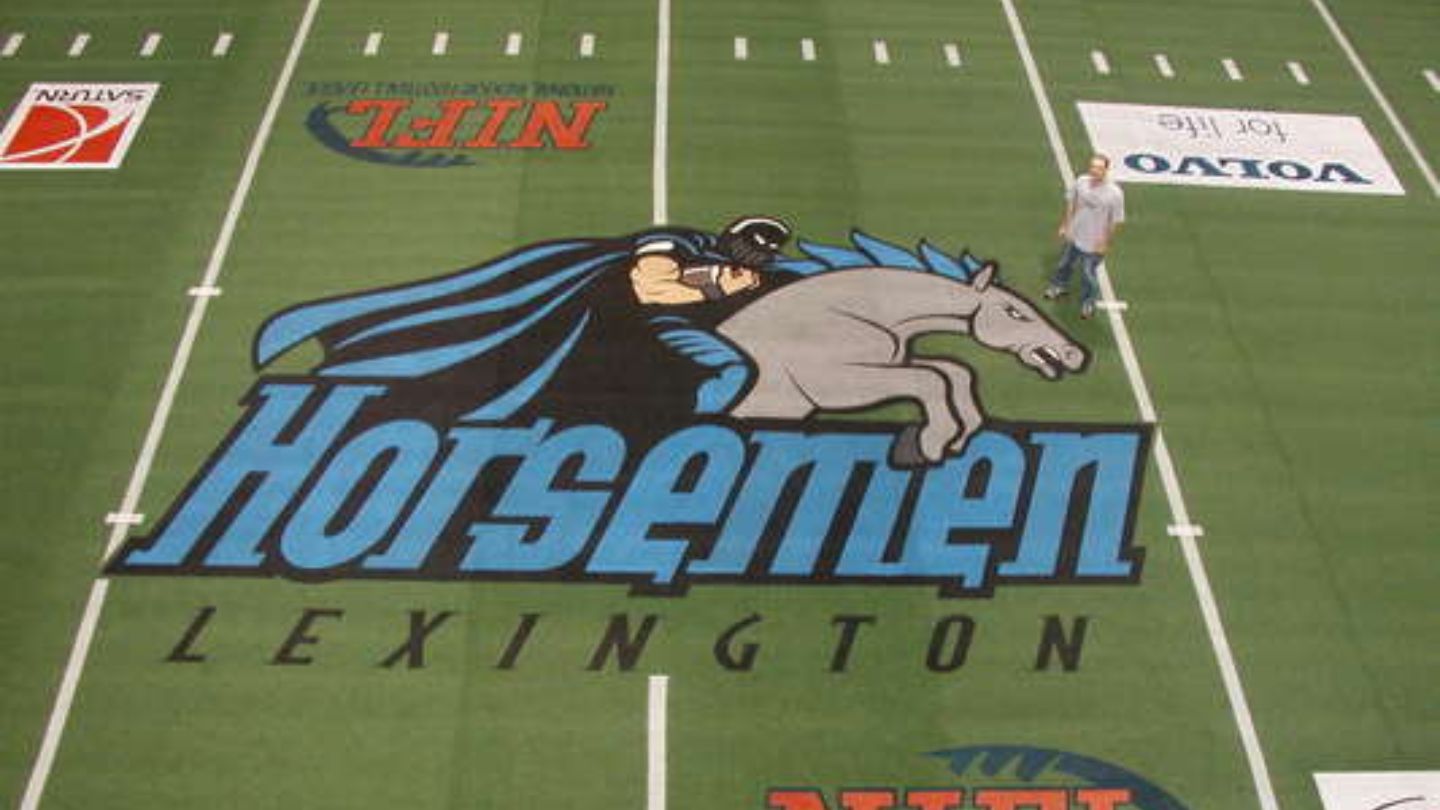
Let’s explore the initial investment versus long-term savings and the durability and warranties of these machines.
Initial Investment vs. Long-Term Savings
The initial costs of robotic field painters can range from $5,000 to $20,000, depending on the model and features. While this may seem like a significant investment, the long-term savings these robots offer are substantial:
- Basic models range from $5,000 to $15,000.
- Advanced autonomous options can cost between $20,000 and $60,000.
- Savings in paint usage and labor costs can reduce operational expenses by up to 60%.
These costs are quickly offset by the savings in paint usage and labor costs.
Over time, the cost savings from reduced labor and paint usage add up, making the initial investment highly worthwhile. Facilities that adopt robotic field marking systems can reinvest these savings into other areas, such as turf enhancement and seating improvements, further improving the overall quality and appeal of their sports venues.
The efficiency and precision of these robots ensure that the fields are always in top condition, providing a consistent and high-quality experience for athletes and spectators alike.
Durability and Warranties
Field marking robots are designed for durability, often constructed with rugged materials that can withstand various weather conditions and frequent use. This robust construction ensures that the robots can perform reliably over long periods, reducing the need for frequent replacements or repairs. By minimizing paint usage, these robots also reduce waste and environmental impact, which in turn can extend their lifespan and performance reliability.
Warranties provided with field marking robots typically cover both parts and labor, ensuring that customers are protected against potential defects and issues. These warranties enhance the investment value of field marking robots by promising long-term performance and reducing the total cost of ownership.
The combination of durability and comprehensive warranties makes these robots a smart investment for any sports facility looking to maintain high standards of field quality and operational efficiency.
Environmental Impact
Field marking robots offer significant environmental benefits, making them a more sustainable option for field maintenance. By reducing the amount of paint needed for marking, these robots help lower environmental impact and minimize harmful chemicals released into the environment. Discussions around the ultimate guide to robotic field marking paints vs aerosol field marking highlight how specialized liquid paints outperform aerosols in coverage, durability, and environmental impact for professional sports fields.
Additionally, operating on electric power further enhances sustainability by reducing reliance on fossil fuels and lowering carbon emissions. Let’s explore the specific environmental advantages of reduced paint usage and electric power efficiency.
Reduced Paint Usage
Robotic field marking systems can decrease field paint consumption by optimizing line application techniques, ensuring uniformity in line quality due to their consistent application. Effectively lowering paint consumption by approximately 50%, these robots reduce waste and contribute to environmentally sustainable practices. This reduction in paint usage not only leads to cost savings but also minimizes the environmental impact of sports field maintenance.
For instance, the Turf Tank robotic painter is designed to minimize paint usage, contributing to significant cost savings and environmental benefits. By reducing the amount of paint needed for field painting, these robots help lower the overall environmental footprint of sports facilities. This sustainable approach to field maintenance is a significant advantage for facilities looking to reduce their environmental impact while maintaining high standards of field quality.
Electric Power Efficiency
Many robotic field marking machines operate with electric power, providing a cleaner energy alternative to traditional fuel-based equipment. Operating on electric power helps robotic field markers to lower their overall carbon footprint compared to gas-powered alternatives. This shift to electric power contributes to a decrease in greenhouse gas emissions, making these robots a more environmentally friendly option for field maintenance.
By avoiding emissions associated with gas-powered equipment, electric-powered robotic field markers offer a sustainable solution that aligns with the growing emphasis on environmental responsibility in sports facility management.
The combination of reduced paint usage and electric power operation makes these robots a more sustainable and efficient choice for maintaining sports fields, contributing to a greener and cleaner environment.
Future Trends in Field Marking Technology
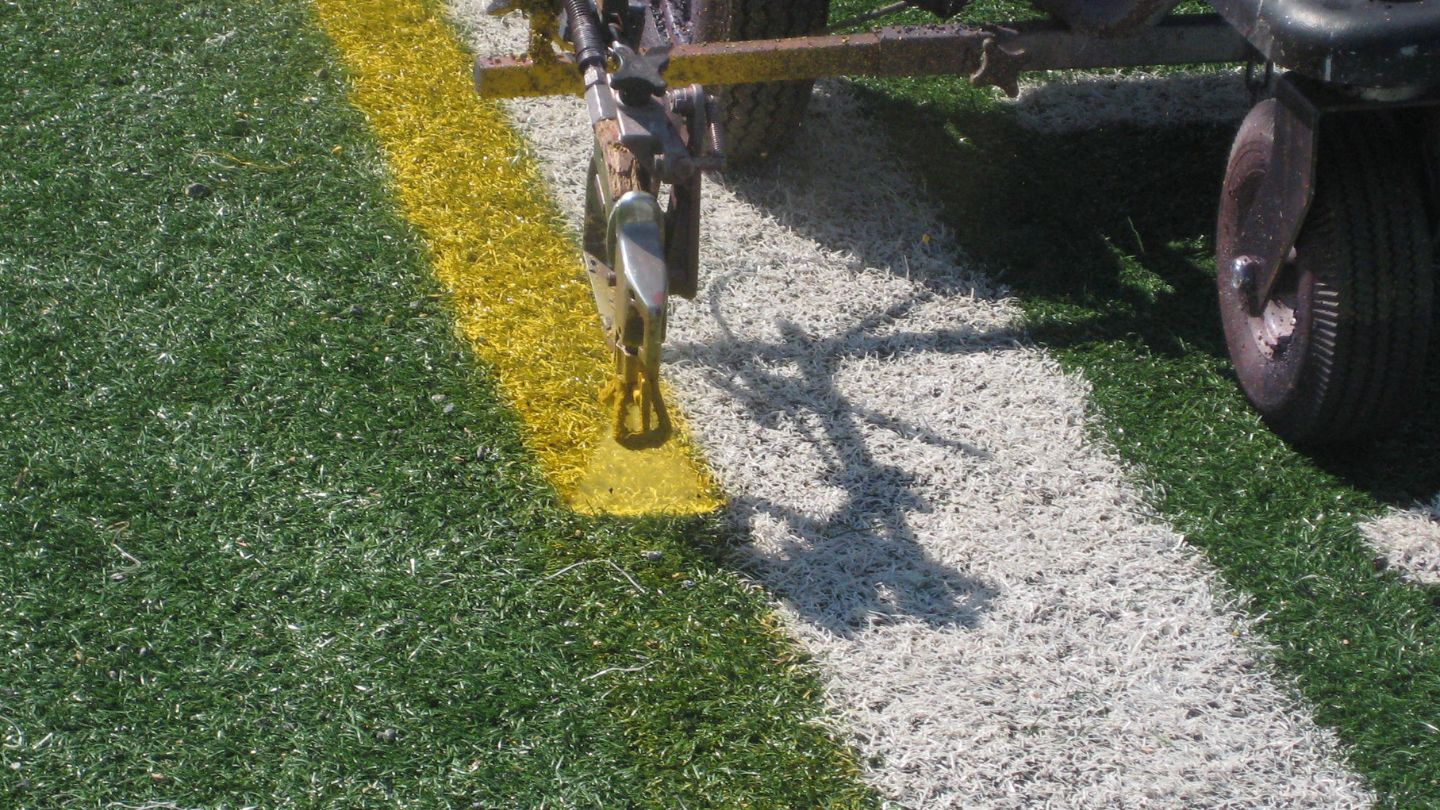
These technological innovations will drive further improvements in field maintenance and management, ensuring that sports fields remain in top condition. Let’s explore these future trends in detail.
Integration of AI and Real-Time Data
The integration of AI into field marking systems is set to transform sports facility management by enhancing the efficiency and accuracy of the line marking process. AI can significantly improve decision-making and operational efficiency through real-time data analysis, optimizing performance, and ensuring that field markings are always precise and consistent. This technological transformation will drive further innovation in the industry, making field marking robots even more effective and reliable.
Future advancements in field marking technology may include the use of real-time data analytics to optimize performance, ensuring that maintenance teams can respond quickly to changing conditions and make informed decisions. Leveraging AI and real-time data enhances accuracy and operational efficiency, maintaining high field quality and ensuring every game is played on a perfectly marked field.
Multi-Colored Line Markings
There is an increasing demand for multi-colored line marking capabilities to accommodate the diverse requirements of various sports. The ability to use different colors for different sports or field zones enhances the visual clarity of the playing areas, making it easier for players and officials to distinguish between different zones and boundaries. This capability is particularly important for facilities that host multiple sports events, as it allows for quick and easy reconfiguration of the field markings to suit different games.
The demand for multi-colored lines is surging due to the varied needs of different sports, and this trend is expected to continue in the future. Field marking robots accommodate diverse requirements, ensuring sports fields are always ready for play and enhancing the experience for athletes and spectators.
The capability for multi-colored line markings is a significant advantage for any sports facility looking to maintain high standards of field quality and visual appeal.
Final Thoughts
Field marking robots have revolutionized sports field maintenance, providing measurable time savings, cost efficiency, and consistently superior field quality. By leveraging GPS precision, minimal human intervention, and user-friendly controls, these machines ensure accurate and uniform line markings. Their strong return on investment, combined with environmental benefits and future AI-driven advancements, positions them as an indispensable asset for any sports facility committed to operational excellence.
US SPECIALTY COATINGS supports this innovation by delivering premium paints and materials that complement athletic field marking robots, ensuring vibrant, long-lasting lines and professional results. Pairing advanced robotics with high-performance coatings helps sports venues maintain pristine playing conditions while maximizing cost efficiency and sustainability.
Frequently Asked Questions
What are field marking robots?
Field marking robots are advanced machines that automate the line marking process on sports fields, utilizing GPS technology for enhanced precision. This innovation significantly improves efficiency and accuracy in maintaining playing surfaces.
How do field marking robots improve efficiency?
Field marking robots improve efficiency by significantly reducing labor time and paint usage, enabling maintenance staff to concentrate on other important tasks. This optimization of resources enhances overall productivity.
What is the initial investment for field marking robots?
The initial investment for field marking robots typically ranges from $5,000 to $20,000, depending on the model and features. However, their long-term savings in paint and labor costs make them a valuable investment.
How do field marking robots benefit the environment?
Field marking robots benefit the environment by significantly reducing paint usage and operating on electric power, thus lowering environmental impact and minimizing harmful chemical emissions.
What future advancements can we expect in field marking technology?
We can expect advancements in field marking technology to include AI integration and real-time data for improved accuracy and efficiency, alongside the ability to create multi-colored line markings for various sports. These developments will enhance both functionality and adaptability for diverse athletic needs.








